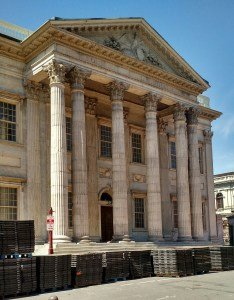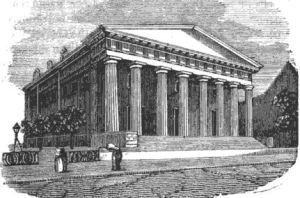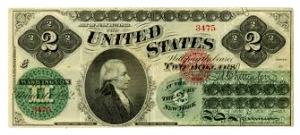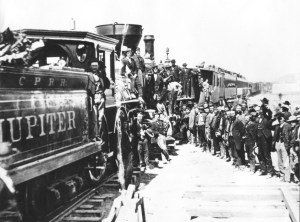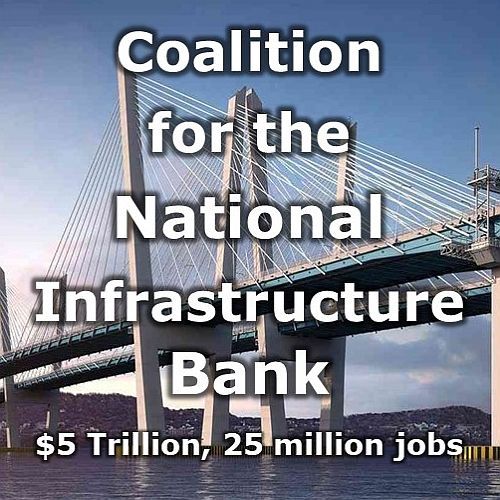A Brief History of the Principle of National Banking in the United States
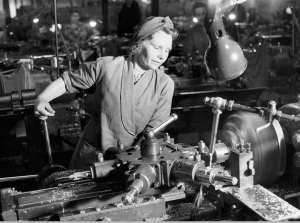
The Second Bank got off to a rocky start due to mismanagement, but with the ascension of Nicholas Biddle as a Director in 1819 and then President, the Bank made tremendous progress. Under the guidance of Biddle, in collaboration with President John Quincy Adams, a co-thinker of Washington’s and Hamilton’s policies, and Henry Clay as Speaker of the House, the economy rapidly expanded. Biddle came from the Pennsylvania circle of Benjamin Franklin and Matthew Carey, and had been head of the Society of Internal Improvements. Biddle and Carey founded the Franklin Institute in Philadelphia to promote scientific research in aid of industrialization.
Collaboration between the Congress and the Bank flourished, despite a tremendous push back by speculators and opponents of industrial development.
The Bank was directly involved in the development of canals, railroads, roads, the iron and coal industries, and state and local infrastructure projects. The overall standard of living of the nation grew as a result.
Some examples of the investments of the Bank with either states or private capital include:
Railroads —The Bank helped fund (up to 50%) and create over 20 new rail lines across the nation. They included The Buffalo and Niagara Falls, Franklin, New Orleans and Nashville, Philadelphia-Wilmington and Baltimore, Richmond and Petersburg, etc.
Canals —The Bank directly funded (again up to half) 8 canals, including the Brunswick in Georgia, the Illinois and Michigan, the Morris in New Jersey

